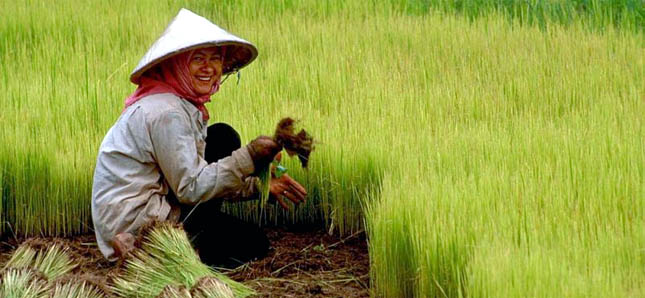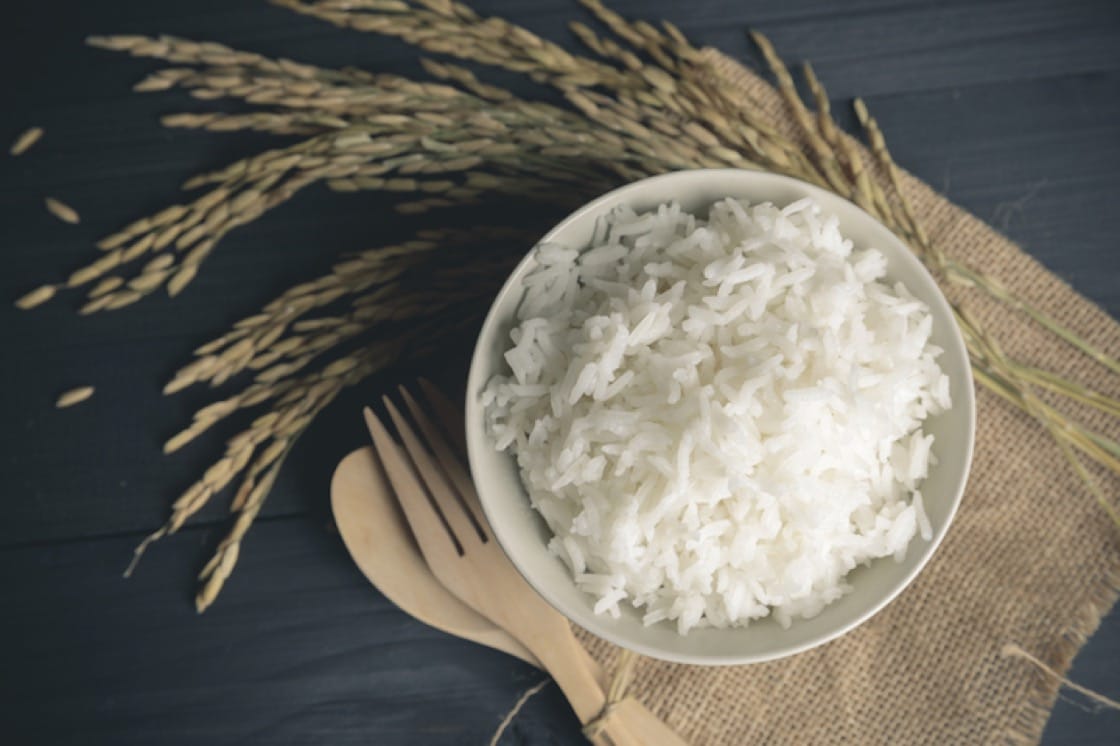Why Is Rice So Popular in Asia ?
Rice has been a staple food in Asia for centuries, and its popularity in the region is unparalleled. From China and Japan to India and Thailand, rice plays a central role in the daily lives and cuisines of billions of people. This raises the question: why is rice so popular in Asia? The reasons are multifaceted, encompassing cultural, historical, nutritional, and practical factors. In this article, we will explore these aspects to understand the significance of rice in Asian societies.
Cultural Significance:
Rice holds deep cultural significance in Asia. It is not just a food item but also a symbol of prosperity, fertility, and purity. In many Asian cultures, rice is associated with religious ceremonies, festivals, and rituals. For instance, in Japan, rice is an integral part of Shinto weddings, where the newlyweds offer rice to the gods as a sign of gratitude and to seek blessings for a bountiful life. Similarly, in many Asian countries, rice is considered a symbol of hospitality, and offering a bowl of rice to guests is seen as a gesture of warmth and respect.
(Rice is popular in ASIA)
Historical Importance:
The cultivation of rice in Asia dates back thousands of years. It is believed to have originated in China and then spread to other parts of the continent. Ancient civilizations like the Indus Valley Civilization in present-day India and Pakistan relied heavily on rice cultivation. Over time, rice became an essential crop, and its cultivation techniques were passed down from generation to generation. The historical significance of rice in Asia has ingrained it deeply into the cultural fabric of the region.
Nutritional Value:
Rice is a highly nutritious food source, providing a good balance of carbohydrates, proteins, and essential vitamins and minerals. It is gluten-free and easily digestible, making it suitable for a wide range of dietary needs. Rice provides a significant portion of the daily calorie intake for many Asians, contributing to their energy levels and overall well-being. Additionally, rice consumption is often accompanied by a variety of vegetables, meats, and seafood, creating a balanced and nutritious meal.
Versatility in Cooking:
One of the reasons for rice's popularity is its incredible versatility in cooking. Asian cuisines are known for their diverse and intricate flavors, and rice serves as a perfect accompaniment to a wide range of dishes. Whether it's steamed, fried, or used in soups and desserts, rice complements and enhances the flavors of other ingredients. From sushi in Japan to biryani in India and stir-fried rice dishes in China, the culinary possibilities with rice are endless.
Availability and Affordability:
Asia is home to a vast expanse of rice fields, making rice readily available throughout the region. Its cultivation is well-suited to the climatic conditions of many Asian countries, resulting in abundant harvests. This availability ensures that rice remains affordable for a majority of the population, making it an accessible staple food. As a result, rice has become deeply ingrained in the diets of people across various economic backgrounds.

(Rice plants in Asia)
Practicality and Storage:
Rice is easy to store and has a long shelf life, making it a practical choice for Asian households. In countries where agricultural practices are deeply rooted, storing rice for extended periods ensures a stable food supply, particularly during times of scarcity or natural disasters. Moreover, the ease of cooking rice, combined with its ability to be reheated and consumed over multiple meals, adds to its practicality as a food choice.
In conclusion, the popularity of rice in Asia can be attributed to its cultural significance, historical importance, nutritional value, versatility in cooking, availability, affordability, and practicality. These factors have made rice an integral part of Asian societies, shaping their cuisines, traditions, and way of life. The enduring love for rice in Asia is a testament to its enduring impact on the region and its people.
